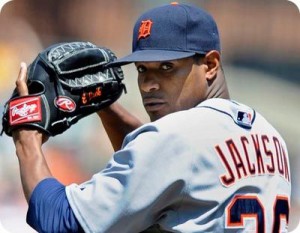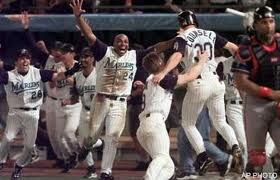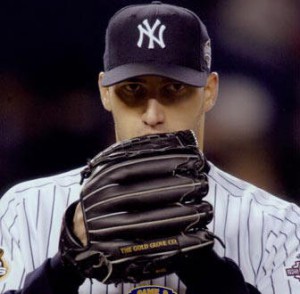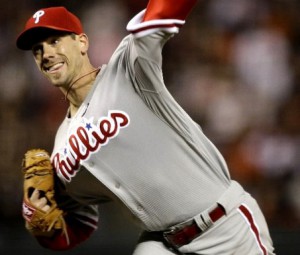(note: you must visit www.d1baseball.com, your absolute best resource for all things college baseball).
With the completion of the final Super Regional games yesterday, including the exciting last game of Super Regionals where Arkansas scored in the top of the 10th to beat #4 seed Baylor 1-0, the 2012 College World Series (CWS) field is set. Four of your top eight national seeds made it to Omaha (Florida, UCLA, Florida State and South Carolina). First, a recap of the Regional action
Regional Recap
Regional winners.
- #1 Florida
- #16 NC State (in a slight “upset” over SEC power house Vanderbilt)
- Unseeded Oklahoma (over #9 seed UVA and ranked team Appalachian State)
- #8 South Carolina
- #5 Oregon
- Kent State (over #12 Purdue and highly regarded Kentucky; see more below)
- Arkansas (over #13 Rice, probably slightly overrated as they always seem to be)
- #4 Baylor
- #2 UCLA
- TCU over #15 Texas A&M
- Stony Brook over #10 Miami and 20th ranked UCF
- #7 LSU
- St. Johns over #6 seed UNC
- #13 Arizona
- #14 Stanford
- #2 Florida State
10 of the 16 teams went chalk in the regionals. The 16 Regional tournaments featured only one “major” upset, with #6 national seed Chapel Hill getting upset by the unheralded St. Johns. Local favorites UVA (the #9 national seed) went up against a tough region and came out short, falling early to Appalachian State before Oklahoma took the regional. Other “seeds” that lost in the Regional round were #12 Purdue (to Kent State), #13 Rice (to Arkansas), #10 Miami (to Stony Brook) and #15 Texas A&M (to TCU).
Of these lower seeds, clearly Miami was over-rated (BA ranked #23 but getting a 10th seed) and went up against what most people called “the best #4 seed in the history of the tournament” in Stony Brook, a team that boasted the best record in the nation and was at the bottom end of the BA top 25 rankings at season’s end. Texas A&M was probably well seeded but had a pretty non-descript record against fellow top-25 teams and wasn’t a surprise to get upset. Lastly the Purdue regional; lots and lots of press about how Kentucky was “screwed” out of a top seed (BA ranked #11, 12-6 against top 25 teams and clearly playing in a tougher conference than Purdue). However, as with the infamous UVA/San Diego State/UC Irvine regional a couple years ago, all that complaining went for naught as a surprise team (Kent State) ended up winning the regional. Both Stony Brook and Kent State eventually showed they were no fluke … as we saw in the Super Regionals.
Super Regional Results/Recap
- #1 Florida d #16 NC State
- #8 South Carolina d Oklahoma
- Kent State d #5 Oregon
- Arkansas d #4 Baylor
- #2 UCLA d TCU
- Stony Brook d #7 LSU
- #13 Arizona d St. Johns
- #2 Florida State pounded #15 Stanford
Baseball America had great previews of the super regionals in two parts here and here.
The three best teams in the land (Florida, Florida State and UCLA) each advanced with some ease. Florida State in particular pounded two of the better college pitchers out there in Stanford’s Mark Appel (#8 overall drafted) and National’s 3rd rounder Brett Mooneyham en route to two blow-out wins. They look tough.
#8 national seed and two-time defending champion South Carolina advanced to the CWS for the 3rd straight year but fall on the side of Florida, who cruised through their regional and played most of their season against ranked opponents (18-10 on the year against BA top 25 teams). This looks like it will be a dog fight, as South Carolina ace Mike Roth continues to defy the odds and get wins despite not having top-of-the-draft stuff.
The greatest stories out of College Baseball though belong to Stony Brook and Kent State (Stony Brook was featured today in a story by SI’s Joe Lemire). Both teams not only made their first super regional appearance but also make their first ever College World Series appearance. To have two such teams in the CWS is great for the sport and is reminiscent of the great Fresno State run to the title a few years back as a similar #4 seed. By way of comparison; a #4 regional seed winning it all is somewhat akin to a #13 or worse seed winning the entire NCAA basketball tournament. We all go nuts when a mid-major makes the final four … as GMU did as “only” an #11 seed. The highest ever seed to WIN the NCAA tournament was #8 Villanova in a cocaine-driven upset of Georgetown. I think both cinderellas will meet their match in the CWS, but its still a great story.
CWS Predictions
Group 1: Florida, South Carolina, Arkansas, Kent State
Group 2: UCLA, Stony Brook, Arizona, Florida State
Top Half: I think Florida will outlast South Carolina in the upper half. Arkansas isn’t to be counted out though; they beat Florida 2/3 AT Florida this season, but lost two of three against South Carolina. I’m guessing South Carolina handles Arkansas before showing up depleted and getting run over by the #1 team in the country. Kent State continues to just be happy to be there.
Lower Half: Florida State has already shown it can bombard a Pac-10 team (UCLA lost 2 of 3 at home to Stanford in the regular season), whil Arizona and Stony Brook seem like also-rans.
Final: All things considered, an all-Florida, ACC/SEC challenge for the title is fitting, since those are easily the two best conferences. Florida rides its extensive experience against top teams and wins the title.



